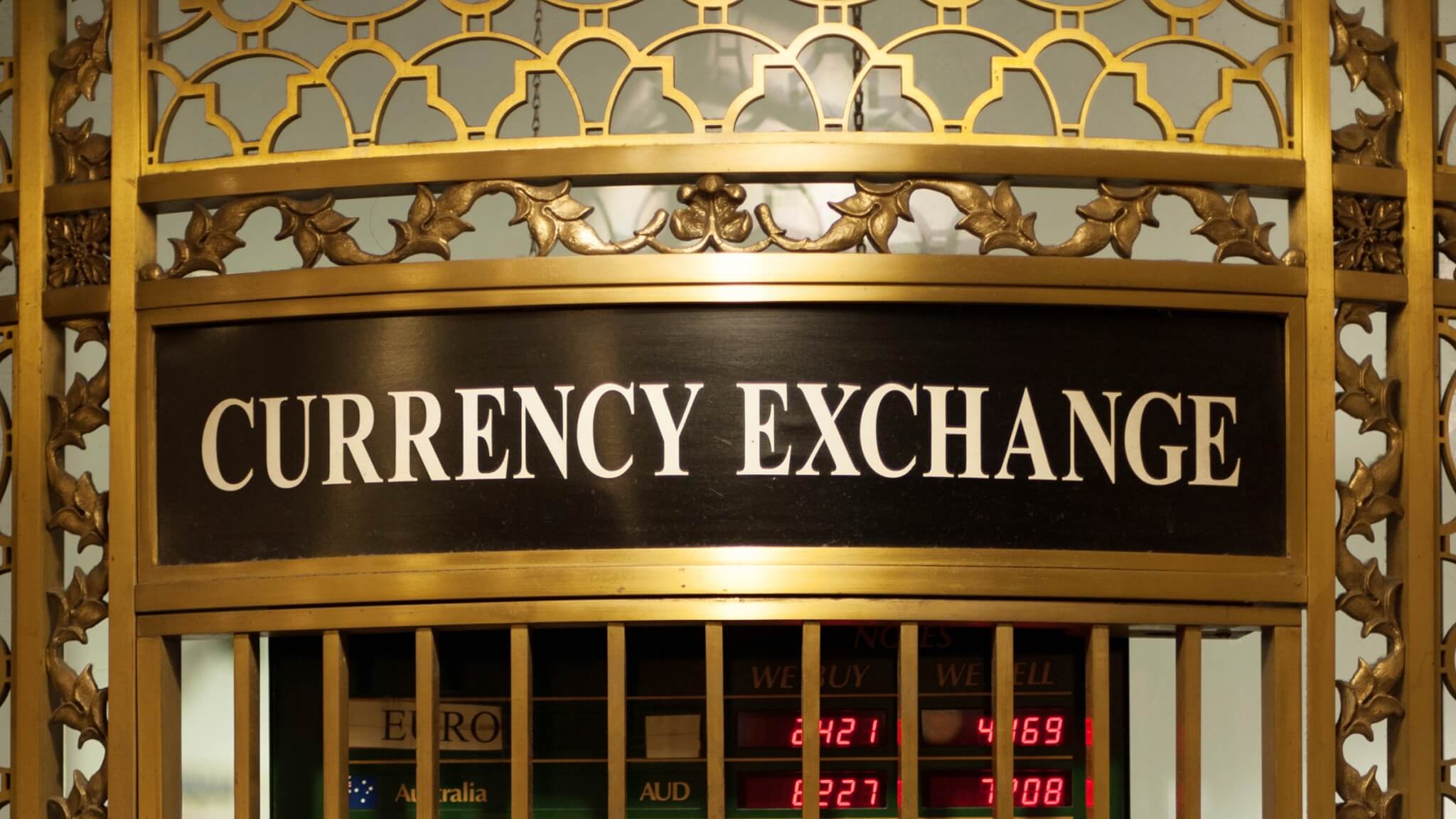
Forex trading should never be random. As the global currency market is affected by micro and macroeconomic factors, forecasting is not a gamble. There are several elements to any solid trading approach. You need in-depth analysis and a range of visual aids that facilitate predictions.
Beginners may feel overwhelmed by the sheer number of strategies developed to date. You may even be confused by forex trading vs stock trading, so it's best to do your research first to fully understand the difference. Start with the basics and use your demo account to practice day trading. The scheme allows you to reap profits based on quick price changes. Begin with the following:
- explore the functions of your trading platform,
- understand the connection between Ask and Bid for a currency pair,
- study the terms and conditions of trades through your broker,
- study the logic of opening/closing,
- learn how to hedge risks with stop loss/take profit.
These are the ABCs of Forex investing. Before delving into the specifics, make sure you are using the services of a reliable intermediary. The broker must be officially licenced in your region, and its operations should be overseen by a state regulatory body. In terms of conditions, look for the following advantages:
- quick trade execution,
- trading from graphs,
- automated trading,
- stop losses/take profit tools.
Basic Day Strategies: Overview
Here are the building blocks of successful Forex strategies. Currency rate prediction may seem daunting but in reality, the basics are straightforward. These elements are largely linked to common sense. Here is what you should incorporate in your approach.
1. Manage Your Funds
Finance management is key for any aspiring trader. Evaluate your risks and opportunities before putting any cash at stake. It is vital to understand that even though risks may be limited, they never disappear completely.
2. Manage Your Time
For some day traders, the activity becomes a full-time job. They spend a couple of hours preparing for the day and a few hours on trading. Some of these players achieve a steady 10-percent return on capital monthly.
This does not mean you have to quit your job and dedicate all time to trading. However, you should not expect to make a fortune spending 1-2 hours a day. Chart analysis takes time, and it is indispensable.
3. Learn as Much as Possible
This not only refers to tutorials, articles and other purely educational content. As currency values are tied to multiple economic indicators, develop a habit of checking financial news. For instance, falling oil prices usually pull currencies of exporting nations down. From geopolitics to monetary policies of separate countries, there are quite a few factors.
4. Keep Track of Time
The highest volatility is observed upon the opening of the market. Beginners may be misguided by initial dramatic changes. Instead of acting immediately, bide your time. At least for the first 15 minutes.
5. Use a Demo Account
Practice in the risk-free environment before venturing out into the global exchange. This is a mandatory step for any newbie. The longer you spend in the demo mode, the more skilled you will be when you start live trading.
Components of Strategy
Any trader regardless of experience should keep these three aspects in order. This reduces potential risks and ensures decisions are rational. For every trade, consider the following.
1. Volume
This shows how often the asset changes hands within a certain period. For day traders, this goes under the name of ‘average daily trading volume.’ The higher it is - the more interest in the trading instrument. If you see the volume growth, this means that the price may also jump in the near future.
2. Liquidity
The higher it is - the faster you may enter and exit trades at a price that is stable and favorable. For instance, in the realm of commodity trading, you will focus on the most liquid goods - crude, gold, and natural gas.
3. Volatility
This determines the range of potential profits. The more volatile the market - the higher the difference between potential profit and loss. For instance, one of the most volatile realms is the market of cryptocurrencies.
Example: Breakout Strategy
Traders pursuing this pattern will wait for the price to break out of a specific range. If it moves above resistance, they place a long position. If it goes below support, they enter a short position.
The logic is based on the fact that in such situations increased volatility ensues, and prices usually maintain the same direction. For this strategy to succeed, it is imperative to understand how support and resistance works.
Conclusion: Prerequisites for Success
Profitable trading requires a combination of factors. Aside from focus and patience, you need to manage several vital criteria for each position. Keep track of your risk and do not make impulsive decisions. Once you achieve success with currencies, it is possible to add stocks and other assets to your portfolio.
Thanks for signing up to Minutehack alerts.
Brilliant editorials heading your way soon.
Okay, Thanks!